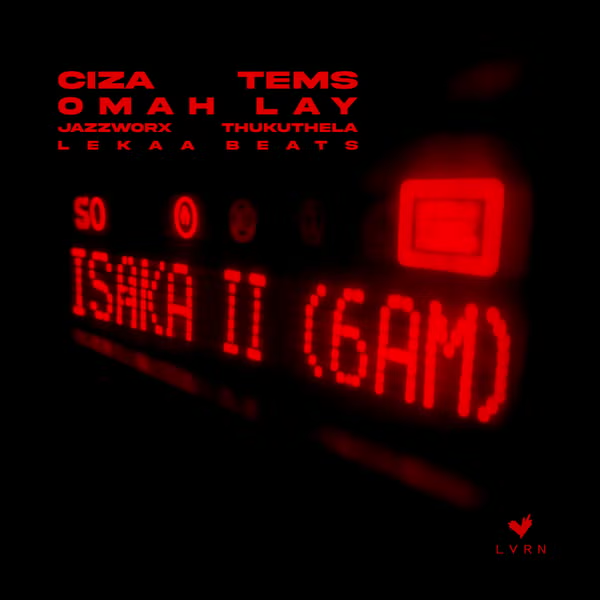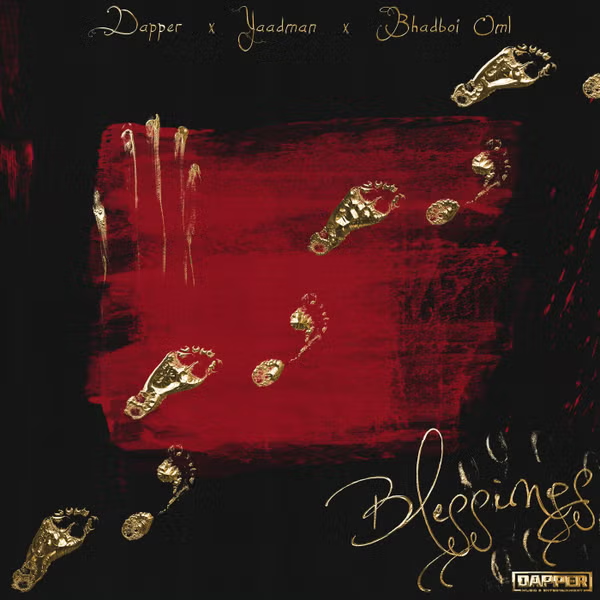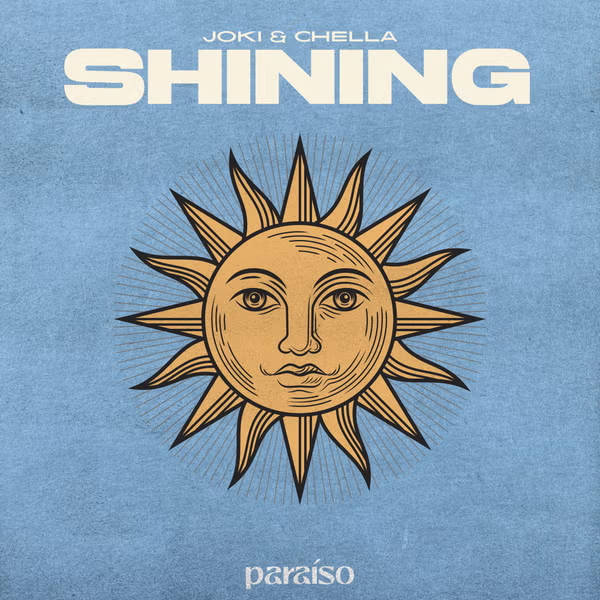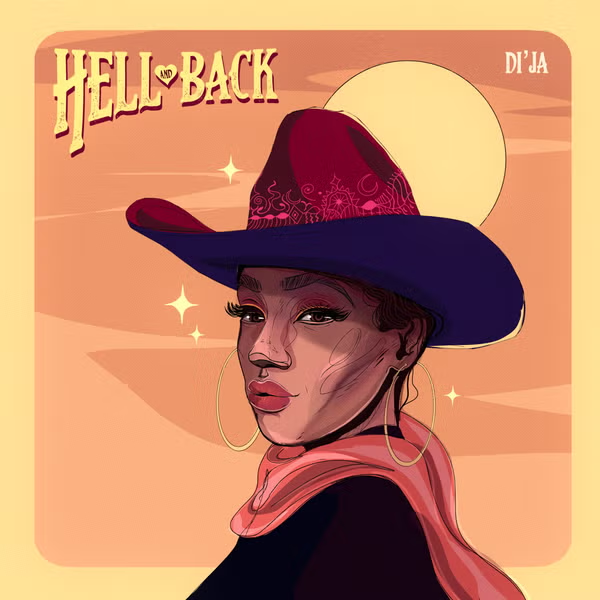Gai Jatra is a festival of dancing, singing, mirth, and laughter. The festival of cow is celebrated in the Kathmandu Valley to commemorate the death of loved ones.
As part of the festival family members of the deceased of the past year send people mostly children. dressed as cows to parade on the streets. The festival usually falls in July or August.
Gai Jatra is a time to remember lost ones and also to ease the pain. The word “Gai” means cow in English. The cow is regarded as the goddess of wealth in the Hindu religion.
Sharing of sorrow and taking comfort in knowing that their lost ones are safe is the true reason for celebrating this festival. The day is also marked with a gay parade along with many people dressed in weird clothes.
In Bhaktapur, the festival lasts for eight days. The origin of this celebration goes back to the reign of the Malla rulers. It is said that the Malla Queen was in mourning for a long time after the untimely death of her son.
The king in an attempt to console her asked every family that lost a loved one to come out in a procession to show the queen that she was not alone with her suffering. That is why there is much joy during the procession that goes through the streets.
Death is a natural phenomenon and no one can change it. The cow procession, drum music, masked dances became the highlights in this carnival. The queen eventually smiled and accepted the loss of her son.
According to the ancient legend of Hinduism, Yama, the God of Death, would send the black crows to guard the entrance to heaven on this day.
Just outside the gate, hundreds of thousands of souls wait to accept Yama’s judge, and their reincarnation is totally determined by the merits they have earned.
In mythology, the road to heaven is extremely difficult to follow and the deceased still needs to go across the burning river. Most Nepalese believe that if their relatives could catch the cowstail, the journey to heaven would become much easier. And the gate of heaven is only open to the dead for only one day in the year.
Therefore, every family who has lost loved ones during the last year must participate in this grand cow procession in Kathmandu. In the early morning, local Newars give a bath to the cow, especially cleaning their tails. Then the cows are decorated with red Tika and beautiful garlands.
After those rituals, the cow processions begin to parade around the whole Kathmandu valley. If the cow is not available, young boys will dress up as cows to pray for the dead. During the boisterous marches, they will deliberately walk through the temples, the statues of the gods, and other sacred places.
When the parades pass by, many people will offer the food, gift, and petty cash to the cow owners and the cow-like boys. It’s believed that this kind of giving will bring them good luck in the following days.
Behind the cow processions and young boys are the happy choir. You’ll see older men indulge in their own worlds and chant religious hymns vigorously.
It’s said that the festive music can not only appease the God of Anger but also scare the evils away. With drums beating and cymbals clashing, Gai Jatra reaches its climax.



























![National Population Commission (NPC) Recruitment 2023 [Apply Now]](https://www1.illuminaija.com/wp-content/uploads/2023/03/Beware-of-Fake-Census-Ad-hoc-Recruitment-Link-350x250.jpeg)


